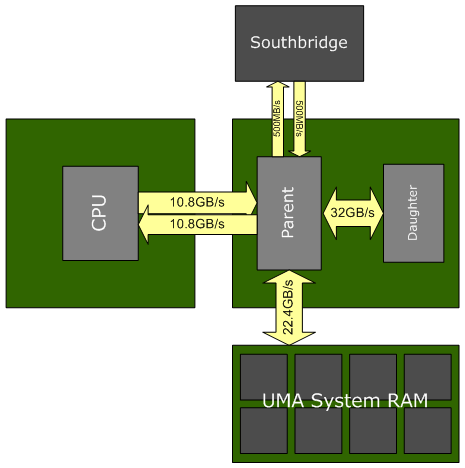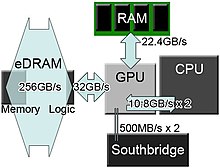MrPresident
Banned
Yup, but you've got to remember that Nintendo must have a dog's bollocks compression algorithm going by what developers managed to squeeze into 40MB for WiiWare games last gen. I don't think that the developer would have mentioned it if it was just your bog standard texture compression found with your average GPU.
One thing that people might also remember is Ancel praising the RAM setup, he said that the Wii U had almost unlimited RAM if I remember correctly, so that combined with the above leads me to believe that Nintendo have something going on (or maybe plural somethings) to stop what was then believed to be a 2GB difference in RAM for the PS4 and a 6GB difference in RAM for the One being a huge problem for developers porting between the different machines.
I did toy with the idea of Nintendo using onboard flash as swapspace which would explain where some of the 5GB of flash disappeared to after that first update but can't see that happening because a) it wouldn't be fast enough to be of much use and b) constant writing, deleting and writing would degrade the flash too quickly, give it a year or two and it would be pretty much buggered.
I know everyone rolls their eyes whenever someone mentions 'secret sauce' but there has to be something going on with the GPU that we're not aware of because Bayonetta 2 particularly the Gomorrah boss fight, shouldn't be possible on a GPU pushing the lower amount of flops that some people are attributing to it.
I'd be curious if you can find the translation somewhere.
I'm still somewhat careful with the regard to that comment. Predicting the data you need in the next frame is much easier in a sidescroller than a fully 3d game. You can't have 1gb of raw data in a frame then turn around and have separate 1gb of data in the frame without flushing the first. And if that second gigabyte of data isn't in RAM then it needs to be read from disk.
Bear in mind that GPU texture compression has existed for the better part of 15 years. Even with improvements, I wouldn't expect it to be leaps and bounds better.



